When it comes to iconic handguns, the Walther PPK is a commonly recognized classic. According to Walther, the PPK is the beginning of the “concealed carry pistol” market. This pistol might just be one of the most popular guns in the world, thanks to its association with Hollywood and portrayed image. While it can make James Bond look good, is it something you actually want to carry? In this Walther PPK review, we’ll find out and take a close look at this unique and history-filled pistol.
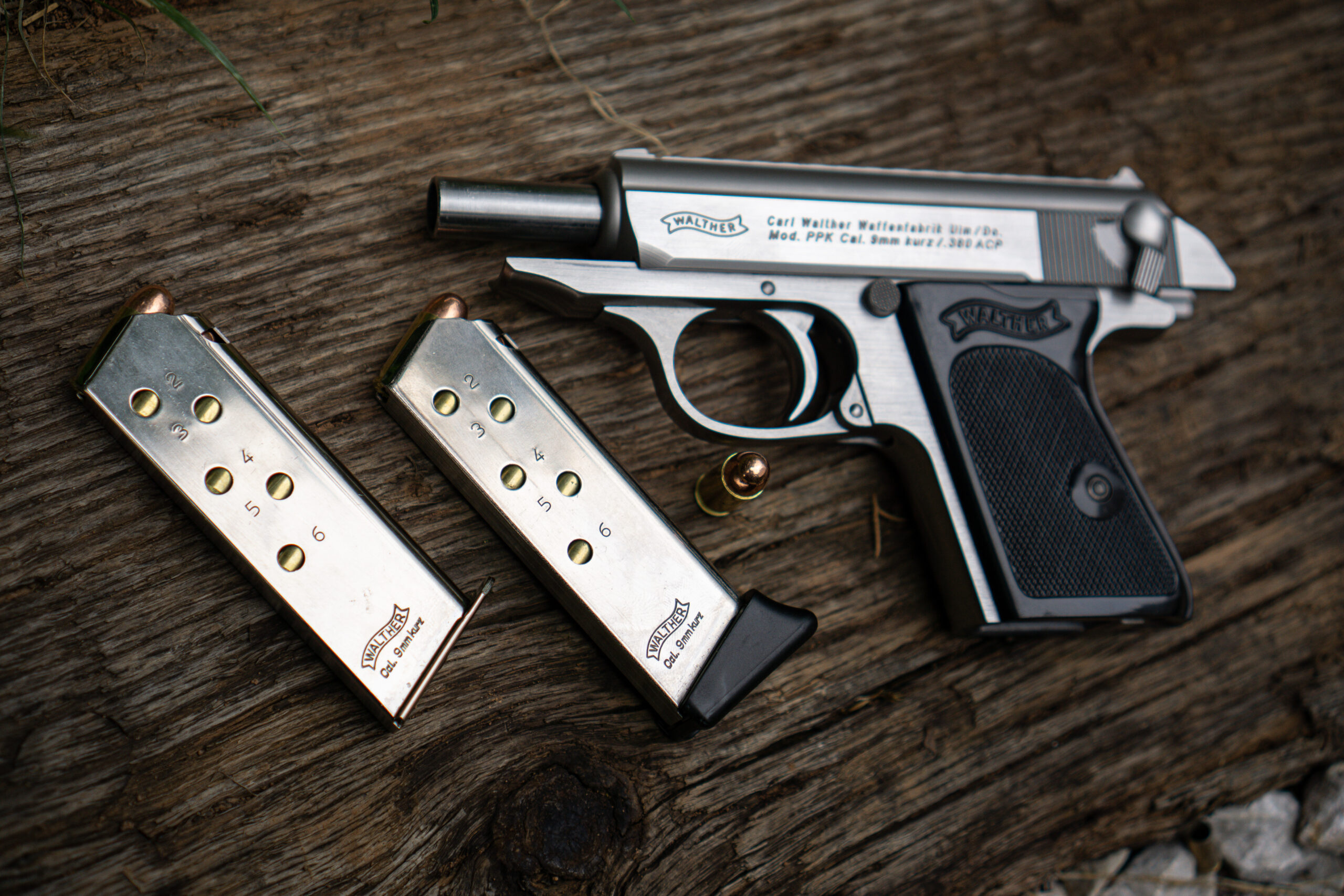
History: Walther PPK
When most people hear “Walther PPK” they think of a popular fictional spy – James Bond. Less commonly known, is the fact that the PPK was around for almost 30 years before James Bond ever laid hands on one.
The Walther PPK was originally built in Germany in 1930. A larger pistol built in 1929 (Walther PP- Police Pistol) was the foundation for the PPK. Walther designed the PPK with undercover police work in mind. They essentially downsized the original Walther PP to make this happen. Very few, if any of the options in that era were compact enough to conceal. This is why Walther claims that they, “invented concealed carry.”
Where is it Made?
Production of the PPK (and PP series) has varied in location and manufacturer over the years. Beginning in 1930, Walther produced the PPK in Germany until 1952 when production began to shift outside the country for political reasons. Production eventually migrated to the United States in 1978 while European production continued on until 1986. Smith & Wesson began a production license run 0f the PPK and PPK/S from 2002 to 2013. Walther Arms resumed production of the PPK themselves in 2018 at their Arkansas facility.
The PPK has primarily been produced in .380 ACP while some models were offered in .32 ACP, .22LR, and .25 ACP. The model I tested for this review was the most common type – a .380 ACP.

General Overview & Shooting Experience
Immediately upon opening the Walther PPK case I was lured in by the aesthetics of the gun. It is hard to compare the look and feel of the PPK to many other pistols on the market. I have to say, the PPK feels rock solid in the hands.
Holding and firing a PPK is unique. The weight and overall build quality stood out to me – especially for such a compact pistol.
After firing a few hundred rounds through the pistol, I definitely lost a little of my approval for the “feel” but I was still pleased with it. It is a small-framed pistol with a 1930 design – I knew it wouldn’t be the most comfortable gun in the world to shoot. The PPK handled a variety of ammunition types without issue and I felt fairly accurate while shooting it. I fired the PPK primarily at a range of 10 yards and closer to simulate a self defense scenario – and felt confident.
While I don’t see myself carrying a PPK as a concealed carry pistol consistently, the overall size combined with experienced performance would make it worth considering in my mind.
I did have a few complaints regarding my experience operating the PPK but I’ll touch on those a little further down in my review. Overall, the PPK functioned as I expected and shined in the looks and charisma department.
Specifications:
- MSRP Price: $699 (Stainless Steel)
- Caliber: .380 ACP (As Tested)
- Weight Empty: 1.28 pounds
- Total Length: 6.1″
- Height: 3.8″
- Width: 1″
- Barrel Length: 3.3″
- Capacity: 6 rounds
Frame Size & Capacity: Walther PPK
Picking up and holding the Walther PPK gives you a brief and faint 1911 “feel.” The frame makeup and grip slightly resemble that of a typical 1911 style handgun. It really does fit nicely in the hand and gives you confidence while firing with the bomb-proof look.
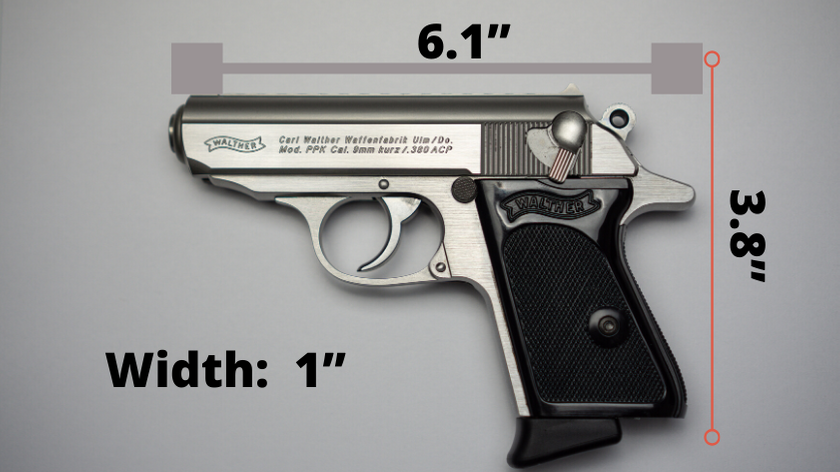
Coming into this review (and prior to firing the PPK) I expected the PPK to be fairly harsh on the hands but found it to be reasonably comfortable. The back strap allows for a high and secure grip with the dominant hand. The only issue with frame size that I had, was the grip length. The PPK that I tested included a magazine with a slight grip extender and one without. The grip extender did provide a nice length to the grip, but I still prefer pistols with longer grips – and potentially more capacity.
This is a pistol that could easily be concealed and carried comfortably by almost anyone. Of course, an under the arm shoulder holster would be the ideal configuration if you are trying to keep the history alive.
Capacity Concerns
Let’s face it, 6 rounds of .380 ACP ammo isn’t all that much firepower – especially by today’s standards. Most handguns with this type of capacity and caliber are designed strictly for very discreet concealed carry and as a “get off me” gun. Factoring in the original production date and overall development of the gun world, the capacity makes sense.
Most popular handguns produced in the same timeframe were 6 shot revolvers – which this would equal in terms of firepower.
I would imagine that the overall weight would be an aspect of the PPK that deters shooters from actually carrying it concealed. 1.28 pounds empty is definitely pushing the scale in terms of what folks will be comfortable carrying in the waist band – though I’m sure many do. On a positive note, after firing that sixth round, you will still be holding a “brick” that might just make a decent projectile. Ballistic data will vary based on user strength and athleticism.
Walther PPK Sights & Trigger
As an important feature of any gun, I wanted to make sure I touched on the sights here. The PPK sights were actually fairly decent in my experience and I had very little trouble using them. The red painted fixed front and rear three post design lead to simple target acquisition.
As you can tell from the photograph I provided below, they are a little on the small side. The size didn’t seem to affect performance negatively though. The red paint on the front and rear sight post showed up well while shooting. I believe most shooters will find these sights sufficient unless the PPK is something you are actually going to carry concealed. In that case, adding luminescent paint to the sights might be a worthy investment.

The Walther PPK trigger is a unique experience since it’s a true DA/SA (double action/single action). With your first trigger pull, the trigger will cock and then release the hammer. Each subsequent round in the magazine will be fired with a single action pull since the slide recoil cocks the hammer after each fired shot.
Walther PPK Trigger Pull
My testing of the trigger pull showed 2.6 pounds in single action mode on the PPK that I reviewed. The double action pull weight is 13.4 pounds according to Walther Arms. The PPK trigger actually stood out when comparing to the triggers of some popular .380 ACP pistols on the market. The Ruger LCP, LCP II, and Glock 42 for example – have what I would consider “less than ideal” triggers. In my opinion, the triggers on the listed pistols were gritty and heavy. The PPK trigger felt relatively smooth and light, in contrast.
It is possible to pre-cock the PPK with the safety lever off. This allows you to only fire in single action mode without the dreadful 13 pound + initial trigger pull. Obviously, the double action pull is long and heavy but the break is fairly predictable with a crisp reset. In single action, the trigger does not have all that much travel and the pull feels exceptionally light. A nice crisp break is felt in single action operation as well.
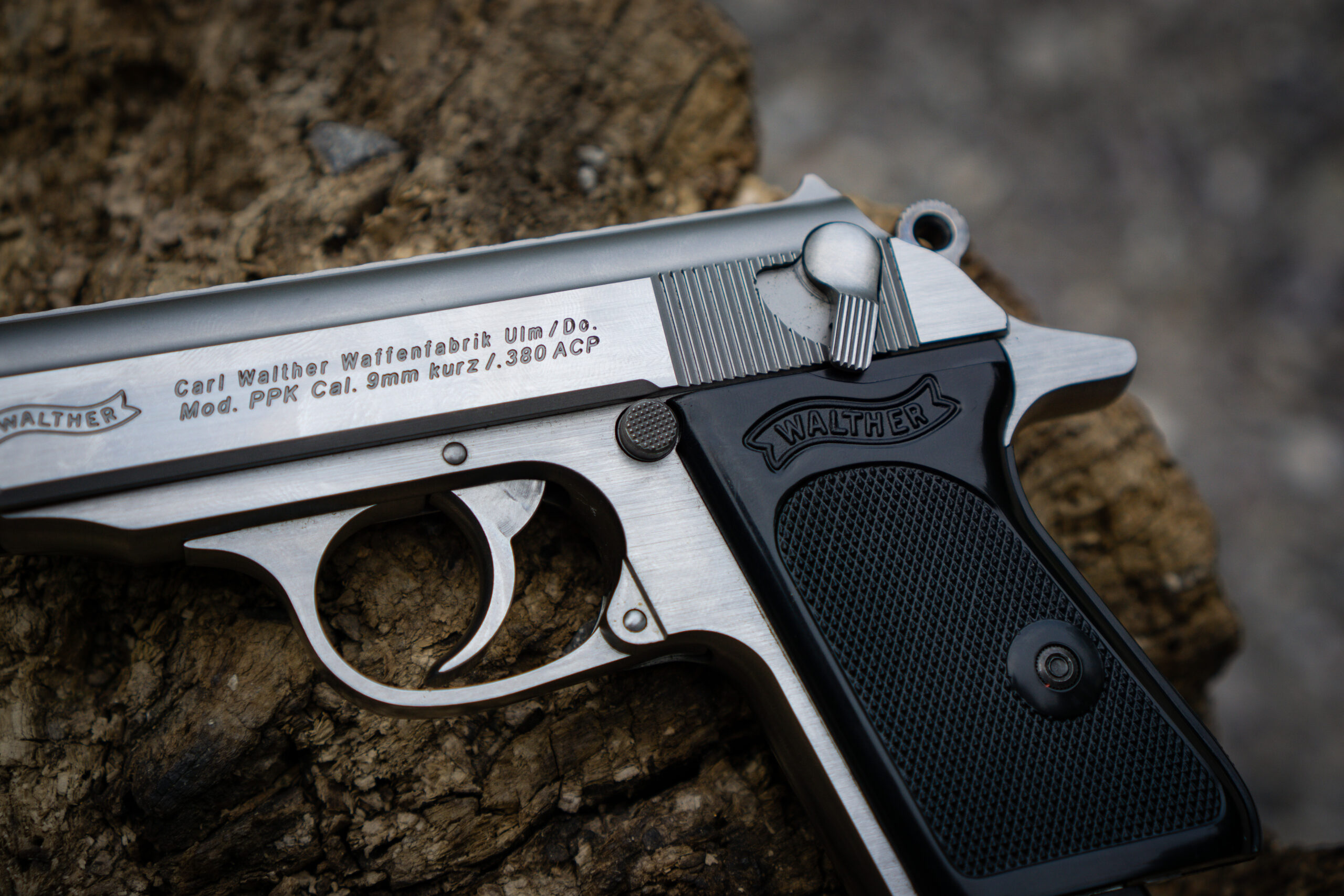
User Experience: Functionality
Operating a Walther PPK is simple but also a tad unique – and that is what I expected from a classic such as this.
Magazine Release
One feature that I found to be mildly inconvenient was the magazine release. Based on the location, I had some difficulty reaching it comfortably. I have average sized hands and I typically don’t have this issue – even on larger handguns.
There is not a slide release built in and the slide operates based on manual operation to chamber a round. While I have no issue with the concept, I could see the benefit of having something like a more textured grip wise near the front of the slide to assist.
Loading magazines into the magazine well of the PPK is a little tight. I would imagine that after hours of practice, one might be able to master reloads with the PPK but the design sure won’t do you any favors. Not only is the space a little slim, the magazine must be at just the right angle to slide in freely.
The safety is different but manageable. Having the safety up on the slide does seem a little strange but considering overall size of the pistol, it seems reasonable. I was able to operate the safety with no issues.
Walther PPK Muzzle Velocity & Accuracy
As I try to always do with gun reviews, I tested muzzle velocity with a LabRadar Doppler Radar. For the testing, I used Barnes TAC-XPD 80 Grain ammunition. Barnes advertises a muzzle velocity of 990 feet per second with this round out of a 4″ barrel.
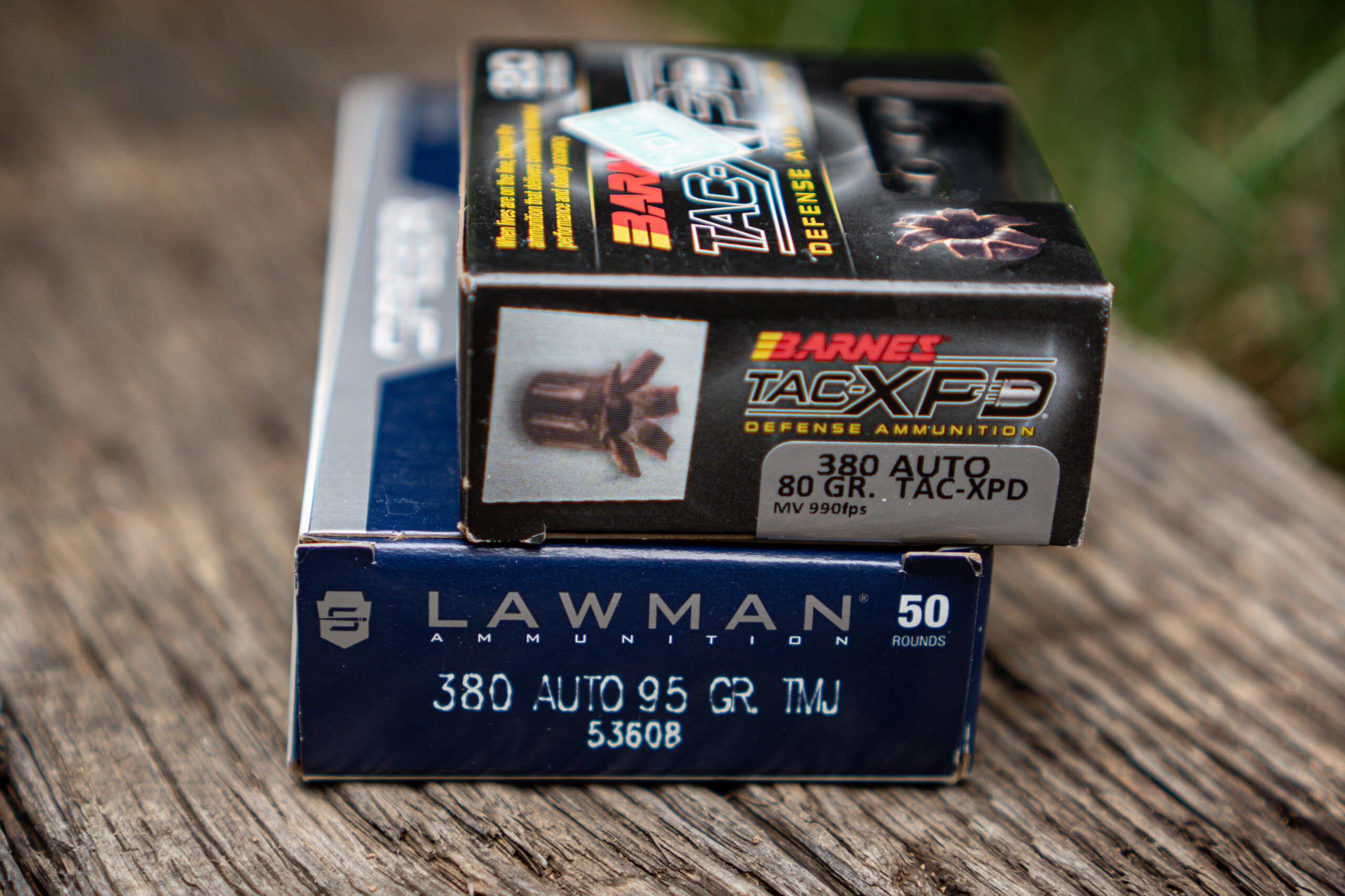
A 5 round test group out of the Walther PPK showed an average muzzle velocity of 970 feet per second. Nothing surprising here considering that the PPK has a barrel length of 3.3″. For those wanting to dive a little deeper into the raw data acquired during the 5 round velocity test, I’ve provided the information below.
- Highest Velocity: 990 FPS
- Lowest Velocity: 959 FPS
- Extreme Spread: 31 FPS
- Standard Deviation: 12.3
Accuracy
I was honestly pleased with the accuracy I experienced with the PPK. The shooting that I did with the PPK was primarily 10 yards and closer. Getting good hits on target was really not difficult at all – even with the pace turned up a bit. I’m sure the relatively mild .380 ACP round played a part in this.
Even though the PPK is a “small” handgun, I believe the relatively heavy weight (1.28 pounds empty) assists in shooting accuracy. The gun did not seem to flip up very much while firing and I had little issue maintaining a solid grip. Pair the recoil management with the ultra-light single action trigger, and you are easily putting rounds where you want them.
The Takeaway
The Walther PPK is a classic gun that provides a unique experience. From the clean aesthetics to the solid construction, the PPK stands out visually in the handgun market. While it might not be everyone’s ideal concealed carry option, this history-loaded gun could fit the bill.
A price tag of $600 and up will likely deter most of us from purchasing a PPK for personal protection use – unless you’re really into James Bond, of course. It is clearly a well engineered handgun that has stood the test of time in style. The Walther PPK just might be worth the purchase for those looking for a compact handgun with the right blend of looks and performance.


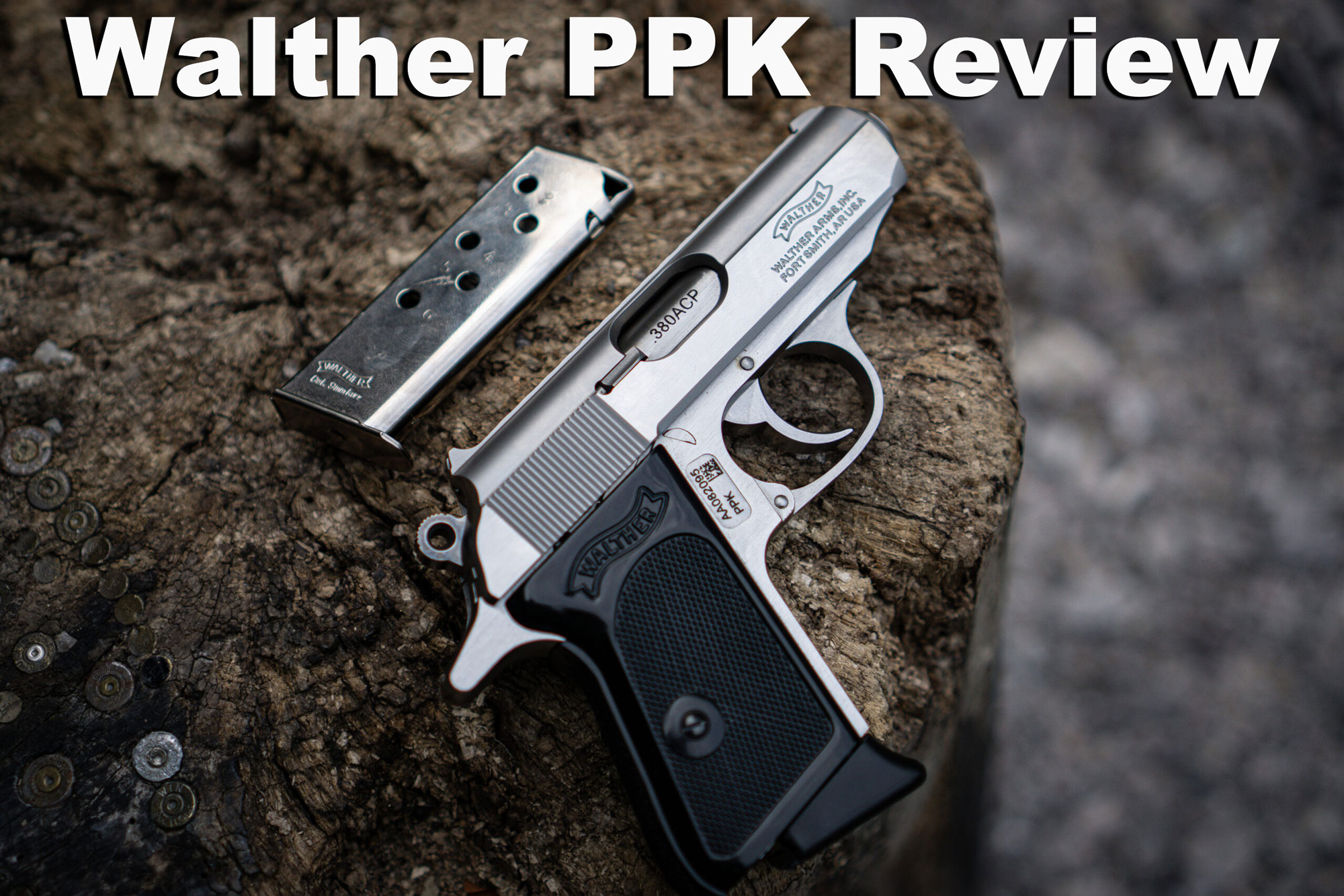
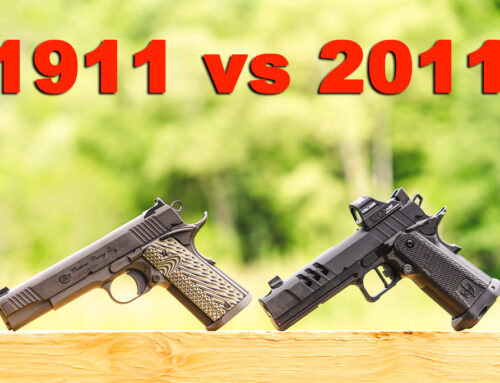
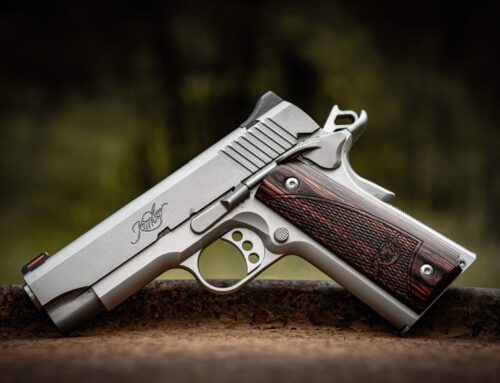

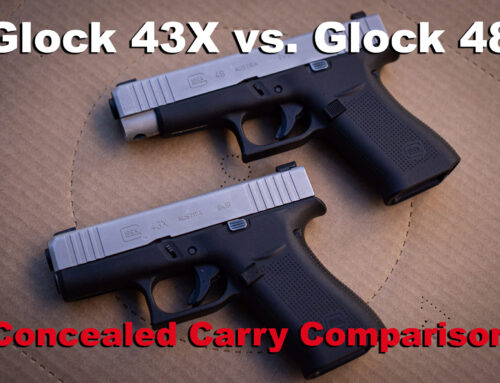
I have the ppk from Arkansas. Love It. The big issue is conceal carry. Too hot in Florida for a shoulder holster
Nice gun,but $600.+ for a .380 IDk?..not a very economical imo, but if you have the disposable income..Ok
Small amount of money for a solid pistol and a piece of history. People buy them for the same reason they do the 1911. You either get it or you don’t.
Great in the front pocket of my cargo shorts, with a pocket holster. In the winter time, I will probably go with my Browning Hi Power 9mm or my Kimber 45. During the warmer months here in Texas, this is my carry gun.
Agreed 100%
I’m a southpaw.
The Walther PPK @ $640 vs the Sig Sauer @ $1200 is a no brainer. I’ve handled many a weapon that propose to be ambidextrous but are clunky as hell compared to the Walther. For my money the James Bonder is the best choice.
Call me crazy but I like it for left-handed accuracy and handling.
I have a sig p230 380 incredibly comfortable to carry….i also have modern higher capacity 9mm loke the hk p30 i hate to say 90 percent of time i carry the sig its comfortable and i almost forget its there. I would expect the same from the ppk .i might get that as my next EDC. Or the oerfect edc would be a hk p7m8 i have the m13 and its a tack driver…i would pay 7k if hk started making these again
I bought the S&W ppk about 10 years ago. It felt like a good first gun when I was doing my research. Low enough caliber to get a good feel for shooting. Good weight. Sights are comparable to other rifles I’ve shot. A little pricy, but I like a gun with some history. The James Bond thing was a big plus. Aside from my Athena, I shoot the PPK best. I do not conceal so can’t offer any input there. Overall, it’s just a nice, meaty little gun. Worth the money? It was for me and I’d likely do it again.
I bought a ppk two years ago. I had trouble with jams while feeding, the slide locking in retract position, and sometimes slide not locking in forward position. Usually at least twice every 50 rounds. I tried different ammo, different lubes, sent it back to factory which they returned saying could not duplicate malfunction. Finally replaced recoil spring with lighter spring. Since then, have fired several hundred rounds with only two jams. Whether it was the spring or just needed a long break in period, who knows? Now that it works better, I love it. Accuracy good, like the trigger pull, fun to shoot.
Yes, it’s a nice,historical little pistol and with some of the high powered ammo out there that makes this as powerful as a 9mm with 300 ft/lbs of energy. My PPK has a feeding problem too so I ordered a 17lb spring and will polish the barrel/keep it well lubed. I will carry this.